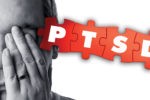It’s Time to Bust the Myth about Pain in Seniors
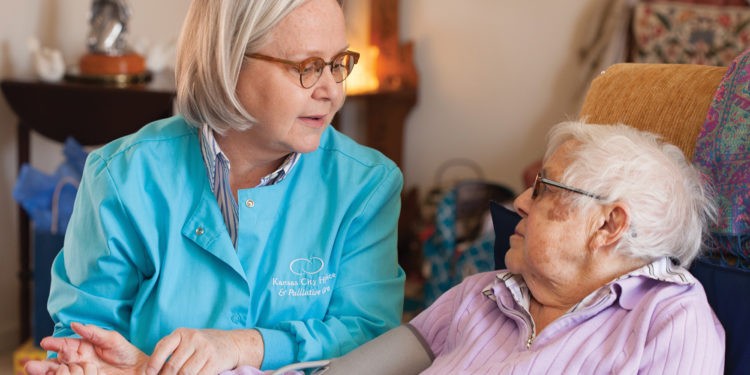
Pain is a normal and expected part of aging. It is a health fact nearly everyone believes and has been told all of their lives but is in fact, totally wrong. Like many health myths, this one persists because the facts surrounding it are complex and fraught with misunderstanding.
Pain is Common, but not Normal
Pain, according to the International Association for the Study of Pain, is “an unpleasant sensory and emotional experience associated with actual or potential tissue damage, or described in terms of both.” Acute pain begins distinctly and lasts for generally a short duration, mostly less than 30 days, while chronic pain lasts for 3-6 months. Chronic pain is a common complaint of the senior population, and one of the most common conditions encountered by healthcare professionals. Because it is so common, it is widely accepted as a normal part of the aging process. Pain, however, is not an age-related condition. It is a symptom.
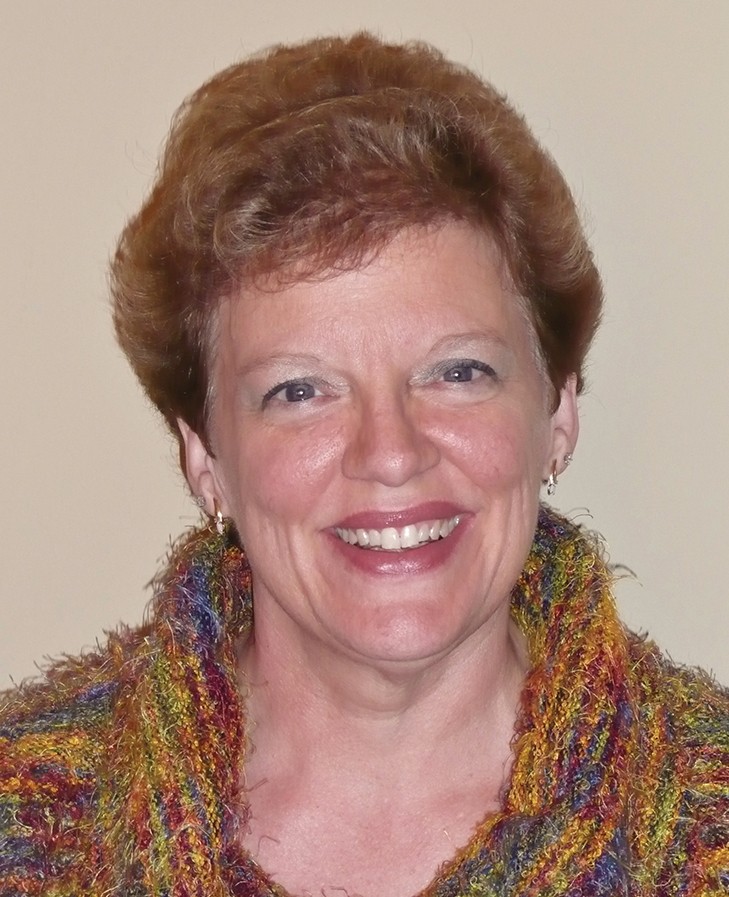
According to Pamela Harris, MD, FAAPMR, FAAHPM, Director of Medical Programs at Kansas City Hospice & Palliative Care, “The number of painful areas in our bodies and types of pain tend to increase with age, but pain is not a natural part of healthy aging,” she continued “Your genetics may play a part in whether you develop certain types of pain. Your history, such as your occupation and injuries, may also affect whether you have pain in certain areas. Your medical history could also predispose you to other types of pain.”
With age, fragility and chronic diseases associated with pain increase. The elderly are far more likely to experience arthritis, bone and joint disorders, cancer, and other chronic disorders associated with pain. Often, and without intervention, chronic pain worsens over time. Pain typically causes a patient to protect the area of discomfort, and disuse leads to a loss of function and reduced blood supply to the area, which leads to further loss of function and increased pain.
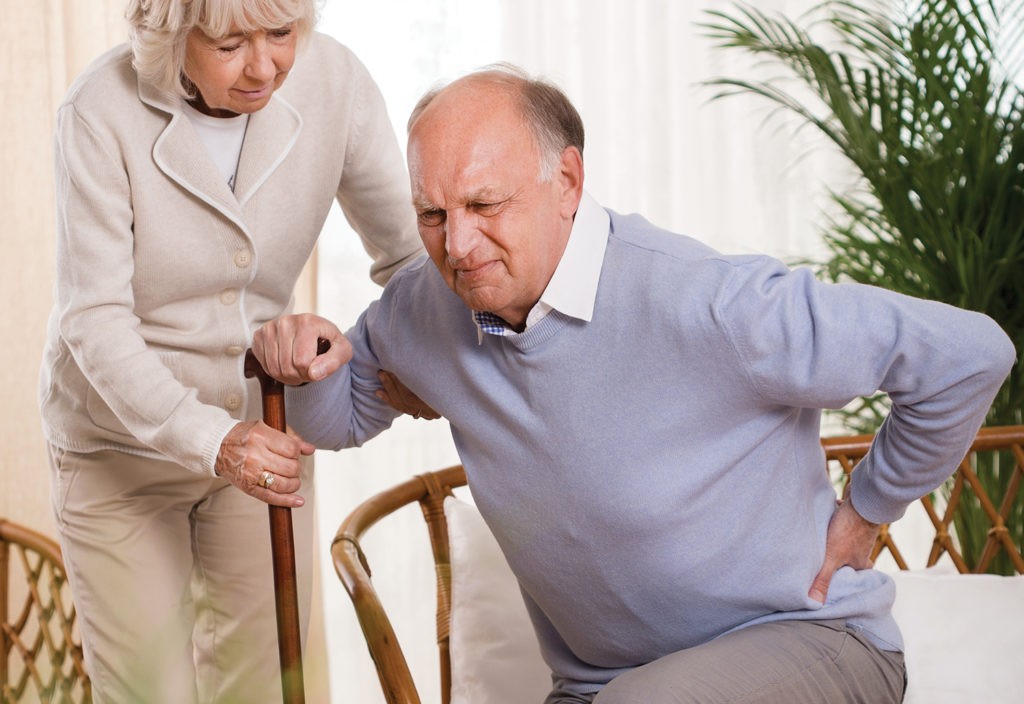
What We Believe About Pain
The medical community has become increasingly aware that what both patients and physicians believe about pain and pain-related stereotypes can have dramatic consequences, both positive and negative.
Older adults believing that pain is a natural part of aging are more likely to “tough it out” without seeking help, and physicians holding this belief are more likely to issue a painkiller and less likely to order a pain assessment. A more stoic approach to pain, however, can have negative effects, such as decreased mobility, depression, and insomnia.
Time For Concern
Having some discomfort with activity is normal, but the pain should not persist more than 30 minutes following the activity says Dr. Harris.
“Particularly if the pain seems worse the day following activity, you might have “overdone it.” If a pain keeps coming back, particularly if it is worsening or is associated with other symptoms, see your doctor. Some types of pain, such as pain or pressure in the chest, radiating pain to the jaw or left arm, or chest “heaviness” associated with shortness of breath always requires an urgent evaluation. So does pain that is associated with numbness or weakness of a part of the body.”
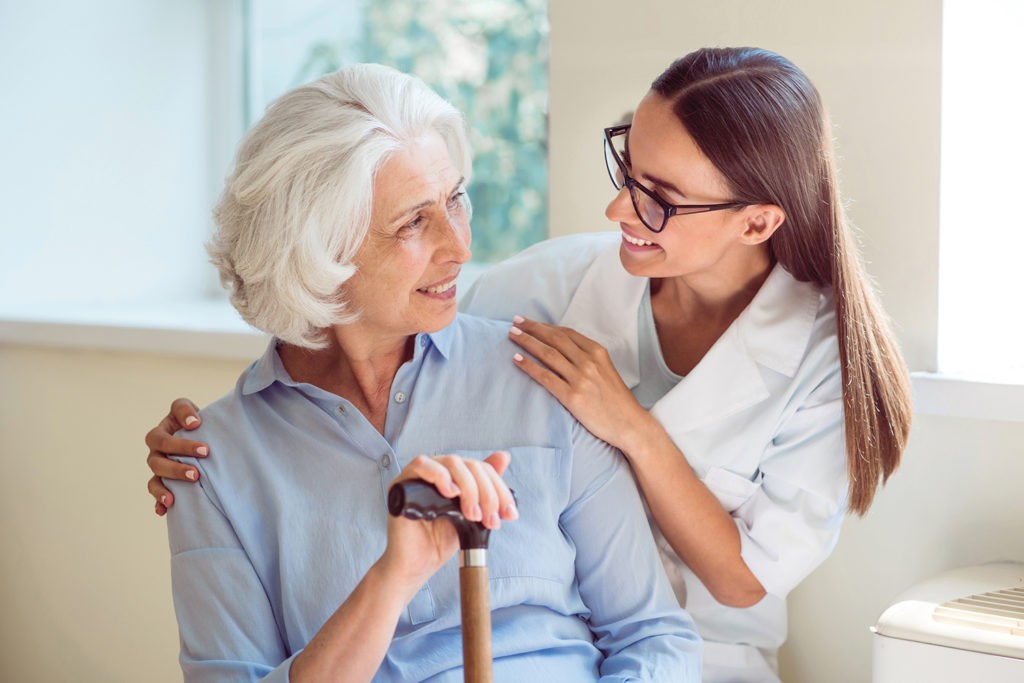
Assessing Pain for Better Treatment
Although pain is commonly reported in about half of seniors, physicians may not have experience in doing a complete pain assessment, or familiar with all the options for pain treatment.
Since different sources of pain respond to different treatments, a pain assessment seeks to identify all the different types of pain a person may have. Bone pain, nerve pain, and organ pain all may require different approaches. A full pain assessment looks at the location, severity, and character of each pain. The assessment is accompanied by a thorough physical exam of the involved areas and perhaps diagnostic testing such as nerve studies or imaging, such as x-rays, a CT scan, or MRI.
“Unfortunately, there are also unfounded fears about the proper use of medications for pain, such that many prescribers are hesitant to use what they feel are “strong” pain medications,” shared Dr. Harris. This fear may cause hesitancy on the part of the physician to prescribe them, and hesitancy on the part of the patient to take the medications.

Everyone All In
While seniors are more vulnerable to pain, they are also less likely to be adequately treated. The key, says Dr. Harris, is a multidisciplinary approach.
“Pills are not the answer to everything. Maintaining an active lifestyle, participating in a gentle strengthening routine and watching your weight may help protect your body from further or future injury. In some situations, pain may respond to massage, stretching, or use of simple heat or ice,” she added “Electrical stimulators such as TENS units are now available at pharmacies without a prescription and can be very helpful for localized pain. Physical and occupational therapy may be able to offer other treatments to help in recovering from an injury and working to prevent others.”
The right treatment plan takes into consideration all the types of pain and what is needed to provide the best outcome for the person.
Caregivers, too, play an important role, she asserts, by encouraging and joining loved ones in appropriate levels of activity. Caregivers may help with the use of assistive devices, frequent changes in position, and encouraging functional self-care activities. These are all important in maintaining conditioning.
Understanding pain and what patients believe about pain leads to more successful treatment. General practitioners are often able to help with common types of pain, but we at Healthy Kansas City magazine would like to recommend that if pain remains under-treated, seek out a specialist in pain management for a more comprehensive assessment.
For more information on Kansas City Hospice & Palliative Care and Dr. Harris please visit kchospice.org or call 816.363.2600.
Kansas City Hospice Locations
Kansas City Hospice & Palliative Care
1500 Meadow Lake Parkway, Suite 200, Kansas City, MO 64114
Kansas City Hospice House
12000 Wornall Road, Kansas City, MO 64145
Kansas City Hospice – North Office
2000 NE Vivion Road, Suite 200, Kansas City, MO 64118
NorthCare Hospice House
2800 Clay Edwards Drive, 2nd Floor, North Kansas City, MO 64116
Kansas City Hospice – Kansas Office
10100 West 87th Street, Suite 100, Overland Park, KS 66212
Solace House Center for Grief & Healing
8012 State Line, Suite 202, Prairie Village, KS 66208
For Further Reading: seniorliving.org/health/pain-treatment
